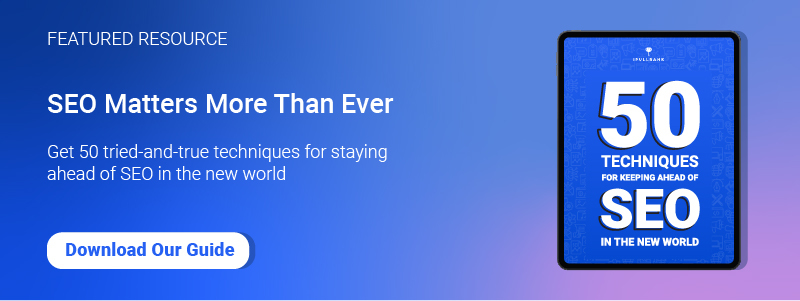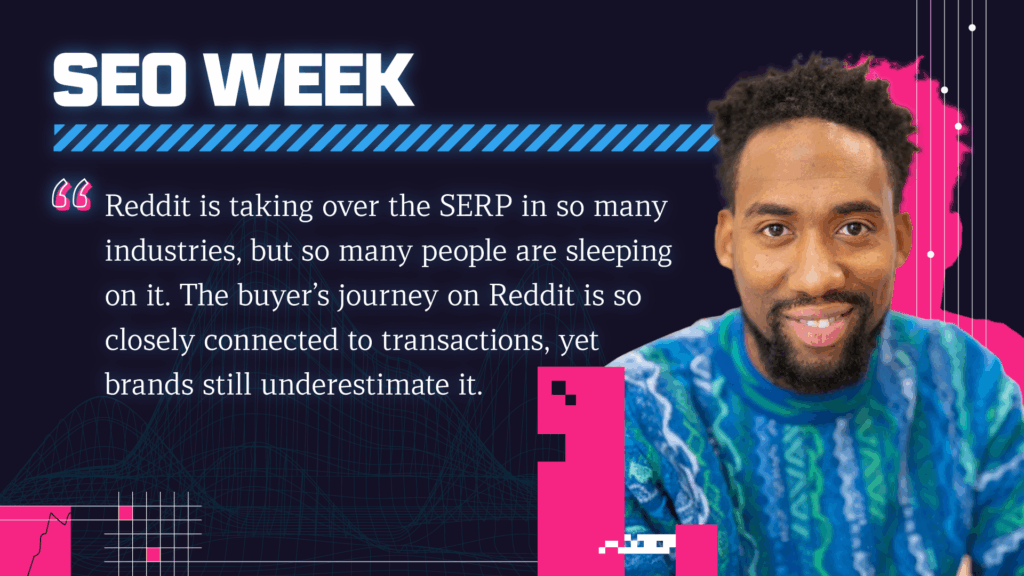If you’re still trying to figure out how to communicate your findings to developers to be more effective at getting your recommendations implemented? Well, how do development teams actually work? There is typically a product owner that documents features and functionality ask in the form of narratives called user stories. Over the course of the past two years, we’ve been preparing these as part of our SEO Site Audits.
In this episode of Rank and File, I talk about how and why you should consider preparing user stories when you’re preparing your own recommendations in order to see better results both internally and with your clients.
Video Transcription
Intro
Greetings and salutations, ladies and gentlemen. My name is Mike King and I love to welcome you back to another edition of Rank and File. So what I want to talk about today is user story writing for SEO.
What is user story?
So first, what is a user story? Well, when development teams work together, they communicate to each other what their different issues are, what things they want to fix, what do they want to accomplish by writing short descriptions, narratives about what it is that they want to do. And the way they do it is through a schema like this. So they say as a type of user, I want some goals. So that some reason, right?
So as an example, as a search engine spider, I want to only be exposed to URLs that are valid when I access the XML sitemap, so I don’t waste crawl budget. So a developer understands what you’re trying to do when you communicate it in that way. Typically these are developed by a product owners or product managers or what have you, to really communicate what it is that we want to do.
Why do we need to do this as SEOs?
So as an SEO, why would you need to do this? Well, really when we talk about a lot in SEO is like how do we cross this chasm, this gap between us and developers? Um, and I think a lot of it is really looking at how we can communicate with them on their playing field. So even if ultimately the product manager will reject your user stories or what have you, it’s still valid or valuable to do it so that you can get to a common ground with them and communicate very precisely in their language what you’re looking for.
So how do you communicate or translate an SEO recommendation into a user story? Well, in a lot of ways we are already doing this work as SEOs. We just do it in a different type of way. You know, typically you say, here’s what the issues are, here’s how you communicate those issues. Here’s how you replicate what we saw. And then you’ve got a series of recommendations which may be done in a variety of ways.
The way we do it at iPullRank, we actually will go through and you know, give screenshots, code snippets and again instructions on how to replicate and then also do what it is that we’re saying that we should do. But basically you just take what you’re already doing and convert it into this format right here. So there’s a variety of ways that you can do it. Um, you know, everyone has their different way of writing a user story, but this is the general basics of how you should approach it.
How do you approach user story writing?
So there are what we have called epics and then we also have stories. So an epic is like the big picture issue that you want to solve. So as an example, we have as a search engine spider, I only want to be shown valid final destination URLs when I crawl your site so I can attribute maximum PageRank.
So what that’s speaking to is like, okay, you have a bunch of links to redirect, right? But that’s the epic because there may be a variety of reasons why you have these links to redirect. And so that would be the big picture problem that you’re looking to solve.
And then you’ve got the small picture problem, which is the actual story, the individual fixes that needs to be implemented. So effectively you’re decomposing that epic into smaller stories and there can be levels to it, you know, you can have a series of stories under a smaller story, which is part of a bigger epic and so on.
So as an example, a decomposed story in this case, I will have identified a specific reason why these links, the redirects are happening. And then I break it down into a story. So as a search engine spider, I’m encountering a link to a redirect on a product detail page type. I want to be linked to the final destination URL that past maximum PageRank. So that’s a way of saying like on this specific page type, we have this problem, which is part of that bigger picture problem that we were just talking about.
So as far as how you build out a user story, what the anatomy of it is. So I talked about like the narrative. That’s what we call this, the few sentences that really speak to what the user’s looking to accomplish. And then you have the acceptance criteria. This is really important. The acceptance criteria says, you know, whatever fix that we propose here, whatever’s ultimately built needs to meet this series of requirements.
So as an example, if we talk about the construction of a sitemap, we write a whole epic about, you know, we need to generate XML sitemaps. And then one of the stories may say, okay, we need to have XML sitemaps for this specific page type. But then the acceptance criteria can go back to the requirements that Google may have. So you can’t have more than a certain number of URLs. It can’t be over a certain file size.
These will all be acceptance criteria because your developers can solve the problem in a series of ways. But if it doesn’t meet the requirements, then it’s not going to be accepted by the SEO.
And then the final part is the notes. So typically the things that we give as SEOs, where it’s like, here’s the spreadsheet with all the URLs where this is happening. Or here is the data dump from whatever tool that we use, so you can see all the different issues that we’re having. You put those into notes. So effectively what happens with these user stories as they are put, these are the things that get put into JIRA or whatever project management solution that your development team is working with.
And that way you’re giving them the recommendations again in a way that they understand them in a way that they can execute on them. So one thing that you may notice from this approach is there’s a lot of specificity and that’s what developers want. You know, they don’t want to have to keep digging in to figure out where these problems lie. You as an SEO basically fill that product manager role by helping them figure out precisely what they need to get done.
Conclusion
And so we’ve been doing this for the last two years and all of our SEO site audits and our technical recommendations, we say, you know, let’s generate these stories. Let’s make it easier for everyone. Again, like I said, it may not end up that what we wrote precisely gets copied and pasted into JIRA, but at least it allows the product manager or whoever the product owner is a bit of a head start on how to understand what it is that we’re trying to get them to do. So yeah, I encourage you to do that, and best of luck.

Now, over to you, what have you seen to be effective to get your findings implemented?







